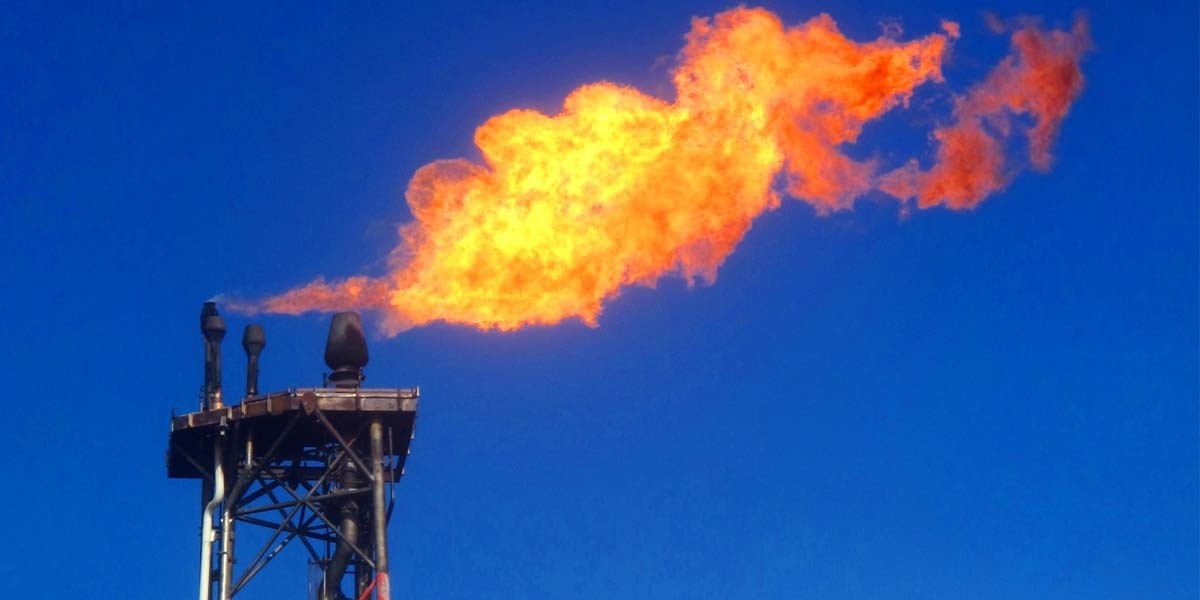
Oil and Gas Operations Release 60 Percent More Methane than EPA Thought, Study Finds

A study published Thursday found that U.S. oil and natural gas operations release 60 percent more methane than currently estimated by the U.S. Environmental Protection Agency (EPA), according to a press release from the Cooperative Institute for Research in Environmental Sciences (CIRES) at University of Colorado, Boulder.
The study, published in Science, calculated yearly methane emissions from the oil and gas industry totaling 13 million metric tons (approximately 14.3 million U.S. tons), mostly from leaks. In fact, the amount of methane leaked by these operations in 2015 had as much impact on the climate as emissions from coal-fired plants during the same year, undermining the idea that natural gas has a lower carbon footprint than coal.
“This study provides the best estimate to date on the climate impact of oil and gas activity in the United States,” co-author and CIRES scientist Jeff Peischl said in the release.
Methane has 80 times the warming impact of carbon dioxide over the first 20 years after it is released into the atmosphere, and methane emissions estimated by the study were equal to 2.3 percent of natural gas production in the U.S.
However, the study’s authors said the problem could be solved if the industry worked to investigate and repair leaks.
“Natural gas emissions can, in fact, be significantly reduced if properly monitored,” study co-author and National Oceanic and Atmospheric Administration (NOAA) scientist Colm Sweeney said in the release. “Identifying the biggest leakers could substantially reduce emissions that we have measured.”
Doing so would even be in the natural gas industry’s best interest, since researchers concluded that two billion dollars worth of methane, which could otherwise heat 10 million homes, is lost to leaks.
“This is a solvable problem because you are losing product that you could sell,” Steven Hamburg, study co-author and lead scientist of the Environmental Defense Fund (EDF), which lead the research, told Reuters. “But the entire industry has to take action to stop the problem,” he said.
Peischl said the study drew on 10 years of research and previous studies to reach its conclusions. Scientists at 16 research institutions including the EDF, CIRES, NOAA, Harvard and Princeton reviewed measurements from more than 400 well pads in six basins where oil and gas are produced. They also looked at measurements from midstream facilities, valves, tanks and aerial surveys of oil and gas operations.
The study said that the EPA likely underestimates emissions because it first asks industry permission to take measurements, and so workers likely tighten up any leaks before their visit.
Hamburg told Reuters that Trump administration efforts to reverse Obama-era methane rules did not have an impact on the EPA’s lower estimations, but might impact its ability to respond to the higher ones.
“The data is saying the problem is worse than we thought, the need for regulation is thus that much greater,” Hamburg said.
How to Reduce Methane Emissions From the Oil and Gas Industry Across North America https://t.co/fYO0pBRkos @ClimateCentral @OccupySandy
— EcoWatch (@EcoWatch) February 13, 2018

 233k
233k  41k
41k  Subscribe
Subscribe 